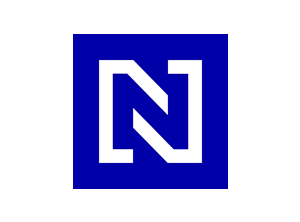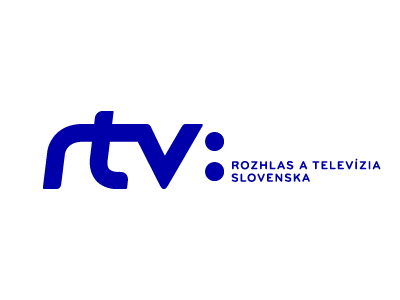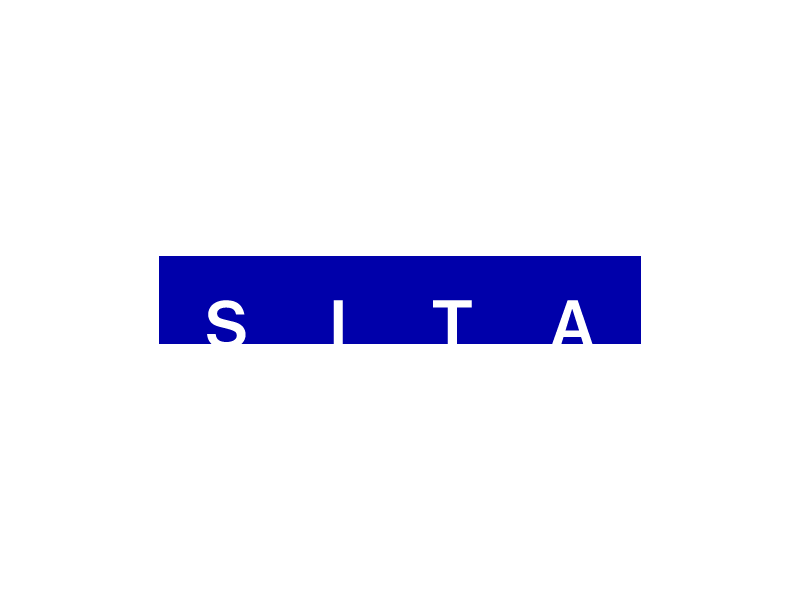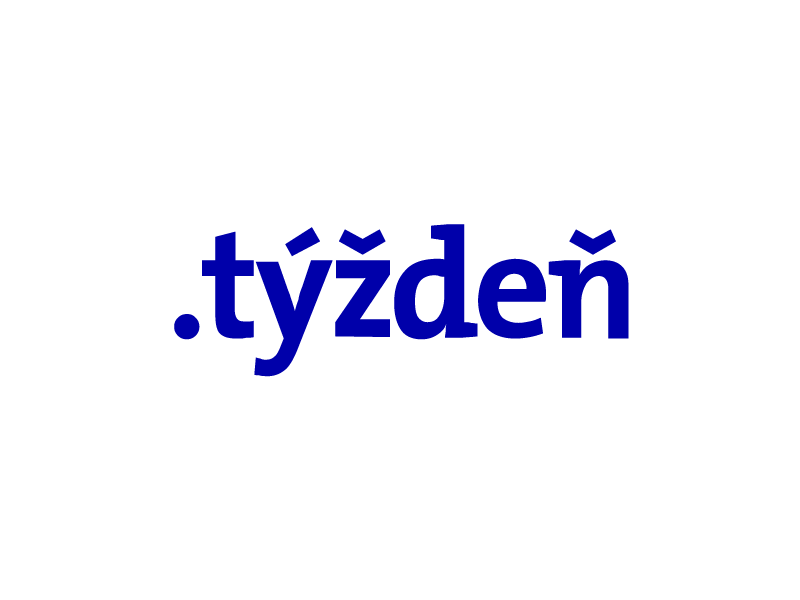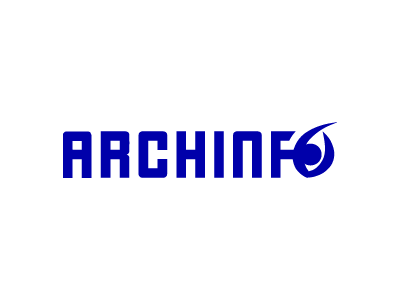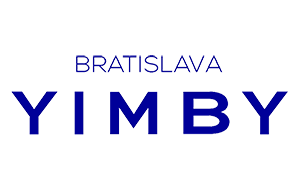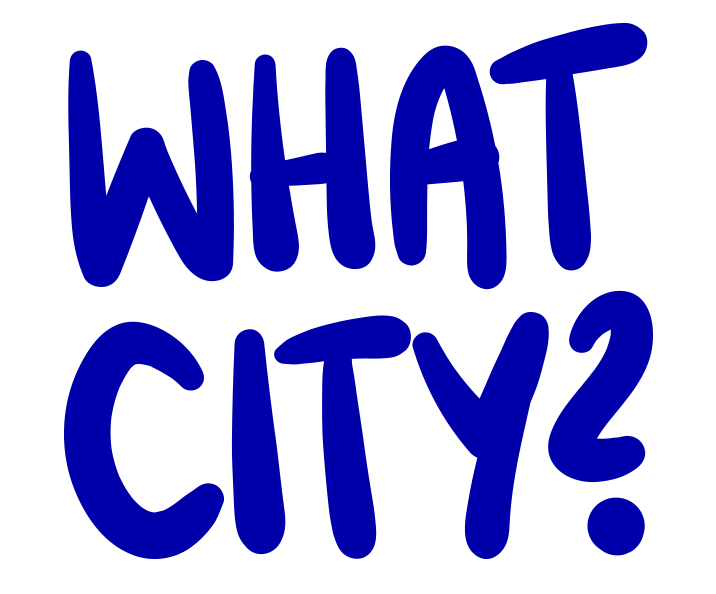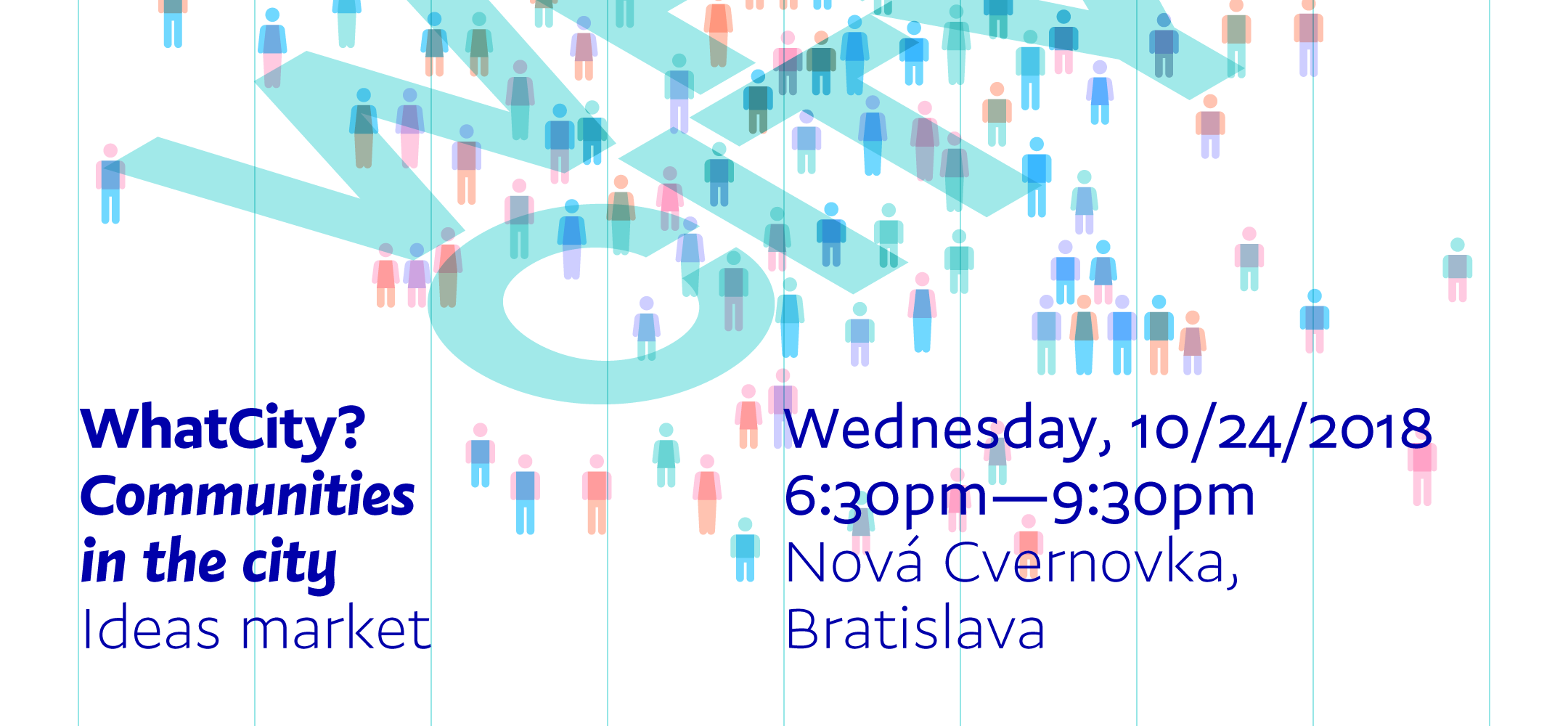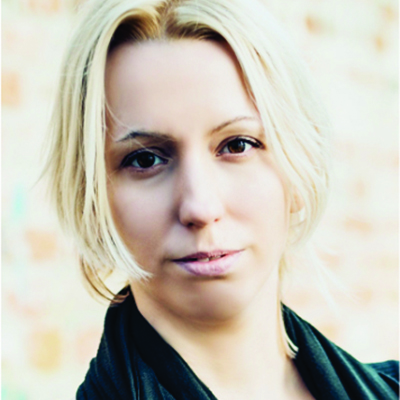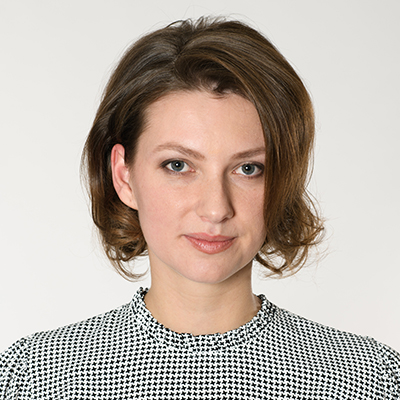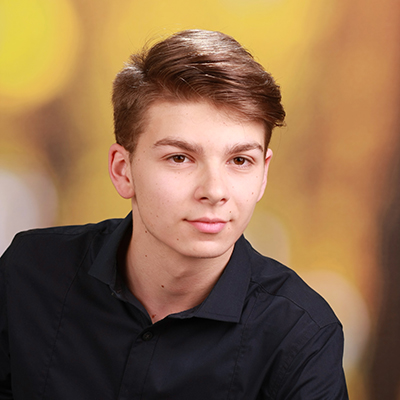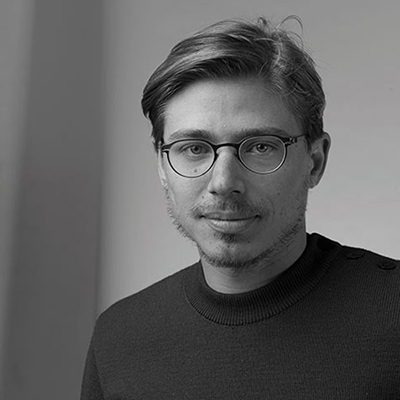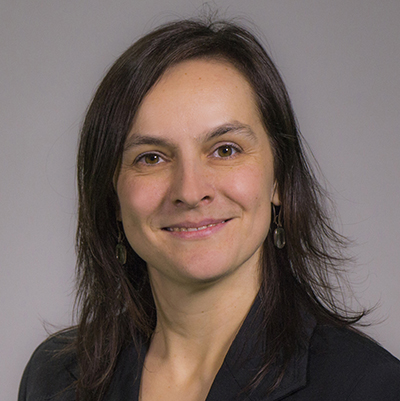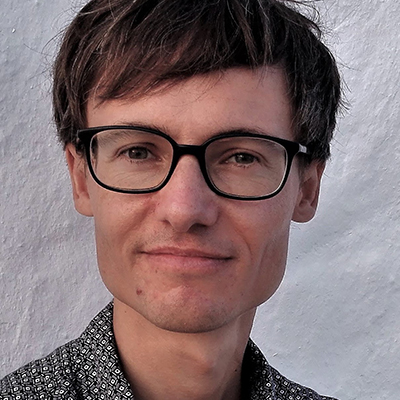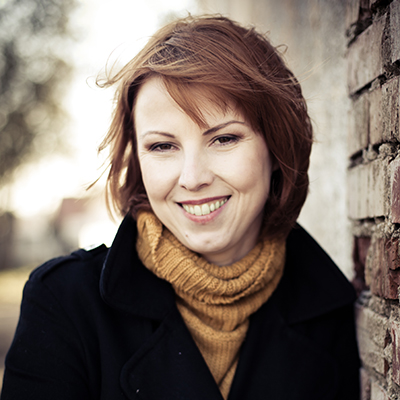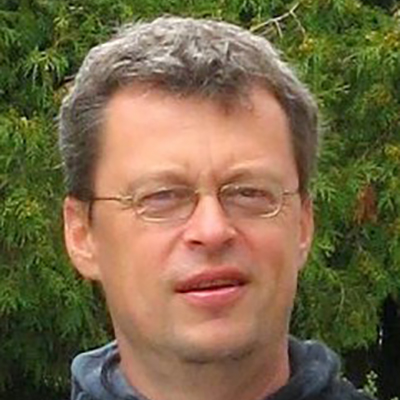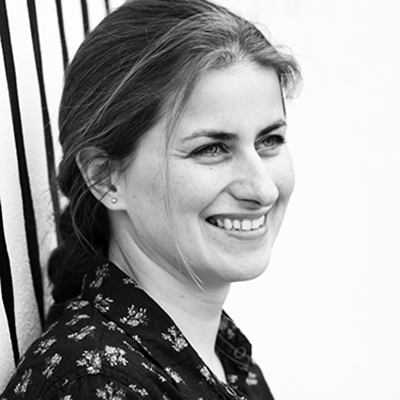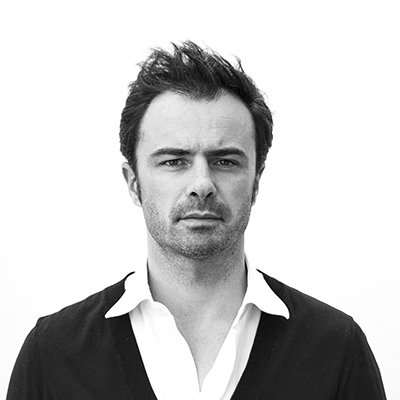WhatCity? Communities in the city, Wednesday, 24 October 2018, Nová Cvernovka, Bratislava
On the city and its communities
The term ‘community’ now resonates across the entire public sector – community planning of public spaces, community plan of social services, community space, community development, community centers … But what we are actually talking about when referring to communities? In cooperation with the Slovak Academy of Sciences, Goethe Institute Bratislava, Institut Français and other partners, we decided to take a closer look at communities’ potential for city development and to present the current map of urban communities determining the urban and social potential of Bratislava.
After the era at the end of communism and arrival of capitalism which was not favorably inclined towards communities, we are witnessing, for the first time in the history of modern Slovakia, an emergence of active groups that lay foundations for forming new communities. Young people, professionals or enthusiasts, many with experience from other countries, contribute with their activities to building a civic society in Slovakia and get ever more engaged in debates on city development. Projects such as Urban Interventions, Old Market Hall, Good Market or Nova Cvernovka show that community activities also include active transformation of spaces or setting up public policies. How can we use the communities’ potential for city development? What communities are present in Bratislava and how important they are? Can we get inspired by community development principles from other countries? And can communities be unhealthy?
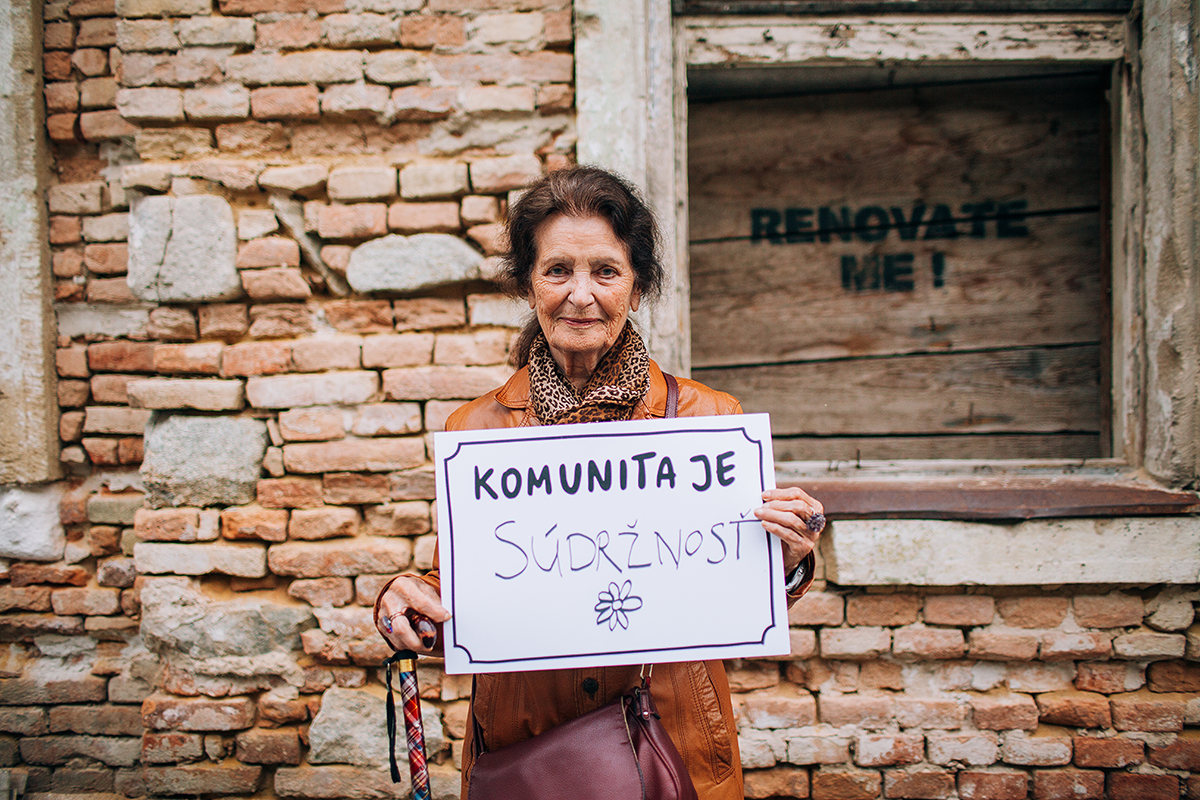
Programm, Nová Cvernovka, Račianska 78, Bratislava
18:30 – 19:45 Registration, the photo exhibition of Marek Jančúch: “Community is …”
An exhibition of portraits of visitors and neighbors at Dobrý trh who shared with us their diverse definitions of community.
19:00-19:45 Keynote: What social bubbles do we live in?
Slavomír Ondoš, Anna Ulahelová, Milota Sidorová, Pavel Šuška
Results of pilot mapping of digital communities in Bratislava. What bubbles is our city divided into? Which communities are more or less connected at Facebook? How does the digital community model correspond with the social stratification in real life? The presentation will be followed by a short discussion.
20:00-21:30 Conference: Communities in the city
Using a non-conventional “one-on-one” interview format that guarantees valuable and intense exchange of ideas and experience, we are going to discuss various aspects of communities. All participants can take active part in debates with 10 international and local experts – through a 20-minute “slow-date”.
21:30 Afterpárty: Rhinefox (NL)
Buy tickets here
Special lecture at the Comenius University in Bratislava, 24. October
14:00-16:00 Communites of Inclusion
A special double-lecture on integration of immigrants in Germany. Department of human geography and demography, Faculty of Natural Sciences of Comenius University in Bratislava, AMOS, room B1 313
Cities via Citizen Participation and how to organize it?
Gesa Ziemer (Professor, Hamburg University)
How to include inhabitants of cities to co design cities? Project „Finding Places“ was about common finding of refugee accommodations in the winter 2015/16, when so many refugees arrived in the city of Hamburg.
Inclusion at Work: Open State and the Refugee Open Cities Project
Sven Stegemann (Refugee Open Cities, Berlin)
Germany alone is hosting more than a million refugees and 3,6 million more are expected to arrive until 2020. Regardless of our opinions on migration, it is a reality that won´t stop soon. Refugee Open Cities aims to turn emergency shelters into thriving environments, enabling empowerment and community-driven solutions.
Conference
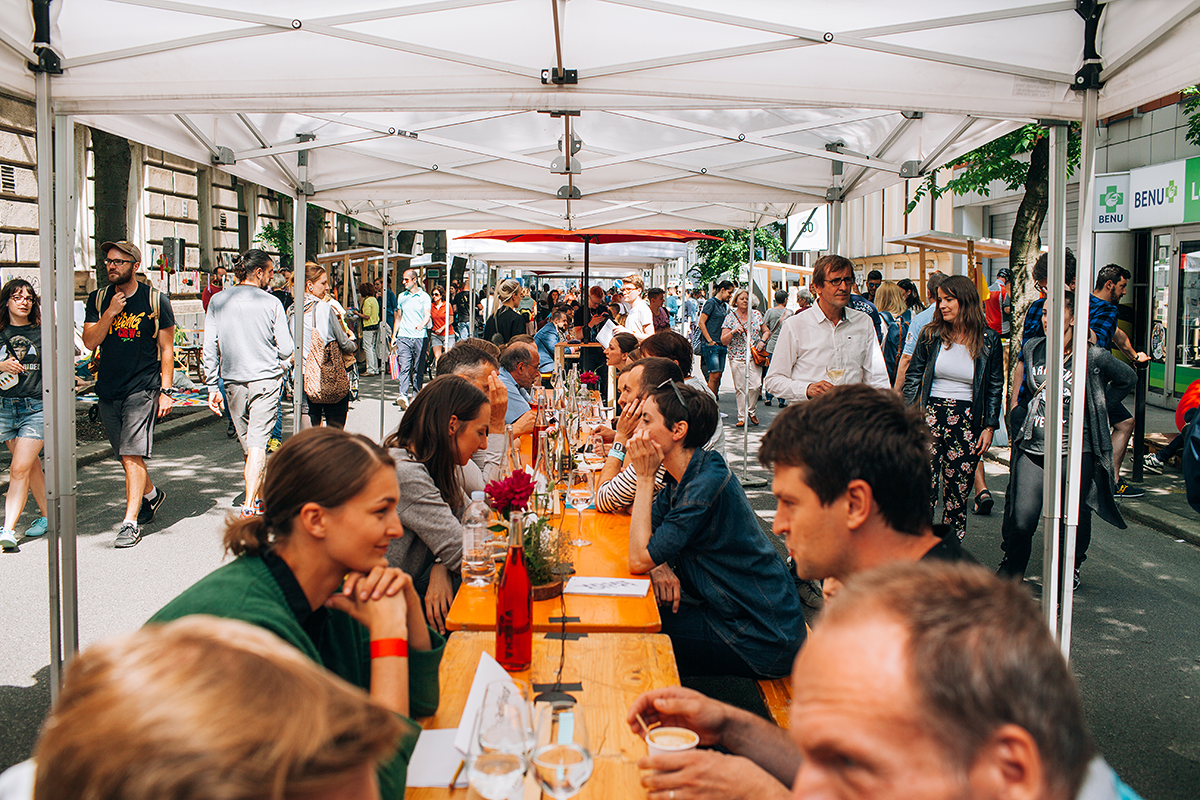
One-on-one conference
The event will have an unconventional format – no presentations, only a one-on-one dialogue between the speaker and a participant – the purpose of which is to intensify and improve communication as part of the expert experience transfer.
Instructions for participants
- Buy a ticket online at www.tickpo.sk or directly at the venue from 18:30.
- Before the start of the conference, select a specific guest and an interview time. Names and professions will be posted on a board. There will be several speakers talking in parallel. First come, first served! Others can listen to the conversations through headsets.
- Meet your partner. Introduce yourself, explain what you are interested in, why you chose them, what you want to learn, or just listen to what the speaker wants to tell you.
- There will be three rounds of interviews of 20 minutes each. You will be able to listen to conversations with other guests in the room through headsets by tuning in to different frequencies.
Speakers
Tamara Brajović
She studied urbanism at the Faculty of Architecture in Belgrade, focusing on inclusion of the Roma minority. Thanks to a scholarship she went to Vienna, where she worked as a consultant for organizations dealing with the Balkan region. In her dissertation work she also focuses on immigrants from former Yugoslavia in Vienna. She worked with a Fair Play team to improve public spaces in various Vienna neighborhoods. From 2014 she works for the kon-text spatial planning consulting studio, on the project called Local urban renewal.
Erika Cintulová
From the age of 15 she traveled the world as a model, later studying law at the Danubius College in Sládkovičovo. After internship at a law firm in Bratislava she became the mayor of her home town of Kláštor pod Znievom which she is trying to transform to a modern, well functioning municipality. She is said to be the youngest mayor in Slovakia. In 2017, she was also elected as a deputy of the Žilina self-governing region.
Samuel Janiš
He lives in Zemianska Olča in the south of Slovakia, where he also attended elementary school. Presently, he is a freshman at the Secondary School of Civil Engineering of D.S. Jurkovič in Trnava and he would like to study architecture in the future. In his spare time he is dedicated to music, singing and photography. Nature is his source of inspiration. Together with his friends he revitalized a local railway station.
Simon Laisney
Plateau Urbain handles empty buildings and premises in cities with the goal of giving them a temporary function. This way he creates opportunities for young businesses, people in need and others. The largest project of their platform is the old hospital in Paris. They manage the premises during their reconstruction and offer it as a coworking space, emergency accommodation or a community center and a canteen for the homeless.
Katerina Sidiropulu Janku
She studied sociology at the Faculty of Social Studies of Masaryk University in Brno. She is conducting qualitative research and studying social marginalization, neighborhood sociology, participatory research and interdisciplinary interfaces, particularly between social sciences, urbanism and design. With her project O Leperiben / The Memory of Roma Workers, she appeared at the Ashoka Foundation’s Map of Social Innovators of the Czech Republic in 2015. She was born in Ostrava, where she keeps returning to see her family, discover new music and conduct applied research. She lives in Carinthia.
Sven Stegemann
He works for the Open State team and he co-founded Refugee Open Cities Berlin – an organisation dedicated to building viable communities. He held many different positions, working as a consultant, economic analyst, communication expert, and later also at BMW Foundation. His main focus is systemic changes. He studied philosophy and economics and earned a Master’s degree in Sustainable Science and Social Innovation.
Zuzana Suchová
A marketing expert who has been working with nonprofit organizations for nearly 9 years. She collaborated on campaigns for Divé maky, dakujeme.sk portal, Salesian non-profit SAVIO, o.z. Vagus, political party Spolu, o.z. Za našu vodu, Biele vrany and Hrdinovia medzi nami. She was responsible for regular donation programs of Adoption of Children in Kenya and Adoption of Classes in South Sudan. Presently, she is helping to develop individual donation programme for Cvernovka Foundation. In her spare time she runs the Facebook group Fundraising Inspirations.
Dávid Sulík
For more than 20 years he has been working in banking. He is the author of the books “Responsible society, social trichotomy I and II” discussing alternative economy, direct democracy, communities, free cultural life and the way of combining them into a socially sustainable and fair social and economic system – social trichotomy. He has collaborated on various community projects relating to the local economy.
Kateřina Šedá
The work of this Czech artist is close to so-called social architecture. She focuses on socially-oriented events for which she employs hundreds of people, often laypersons. Their goal is to bring participants outside their day-to-day stereotypes. She has published more than 30 books and publications detailing individual projects. She has worked with prestigious institutions, such as IHME in Helsinki or TATE MODERN in London. She received many awards, including the Architect of the Year 2017.
Pierre Alain Trévelo
Co-founder of the architecture and urban design office TVK which recently redeveloped the Place de la République, Paris’ largest pedestrian square. He is a former member of the Greater Paris Scientific Council. His office TVK currently leads a prospective study planning the principle of the 65 transport hubs around the rail stations of the Greater Paris new metro. He will present the concept of what TVK calls the « architecture of the ground » as well as the « scenarisation » a project method inspired by TV serie’s scriptwriters techniques.
Our partners
Organizator
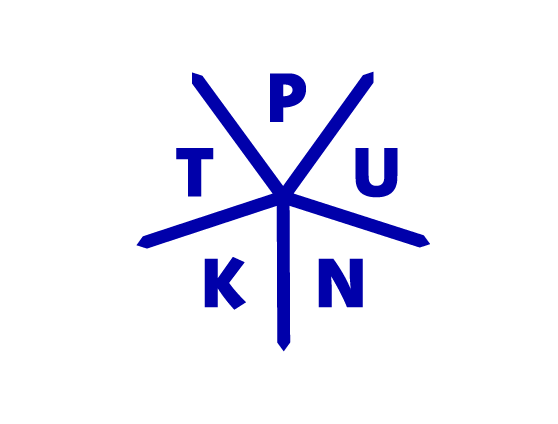
Main partners
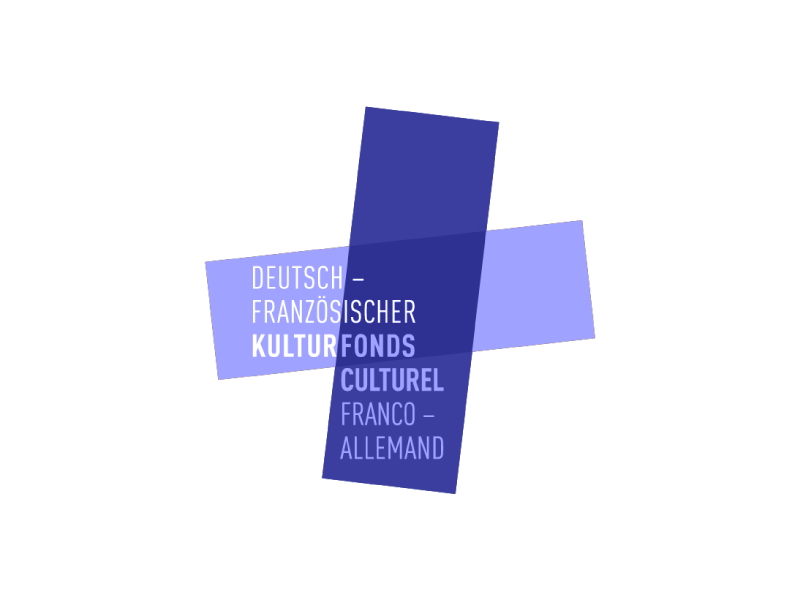

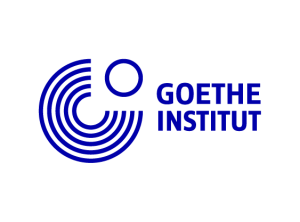
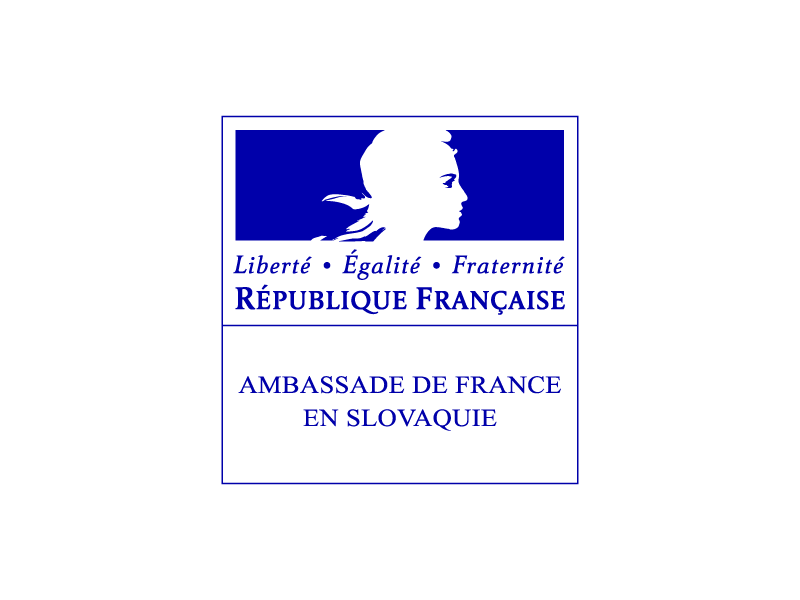
Partner for communities

Partners
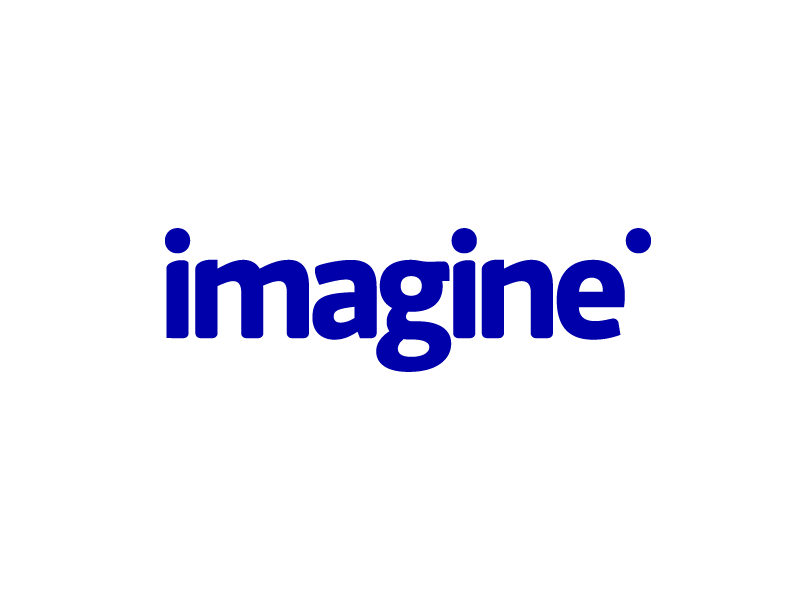
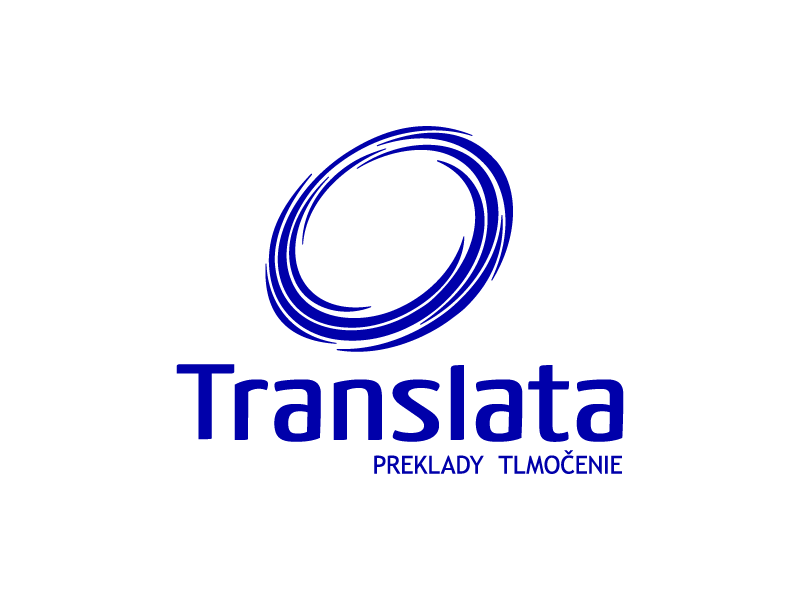
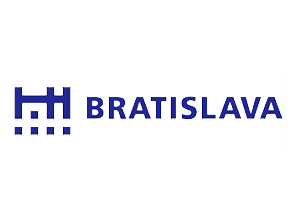
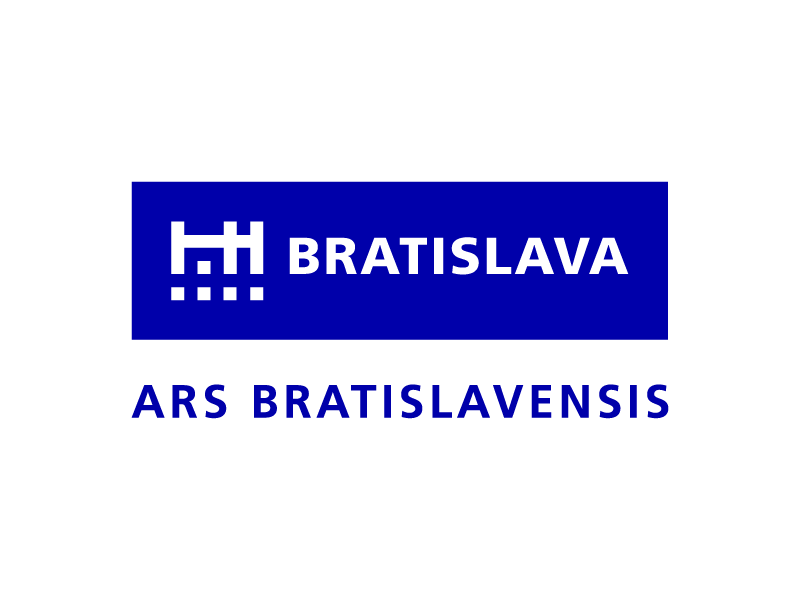
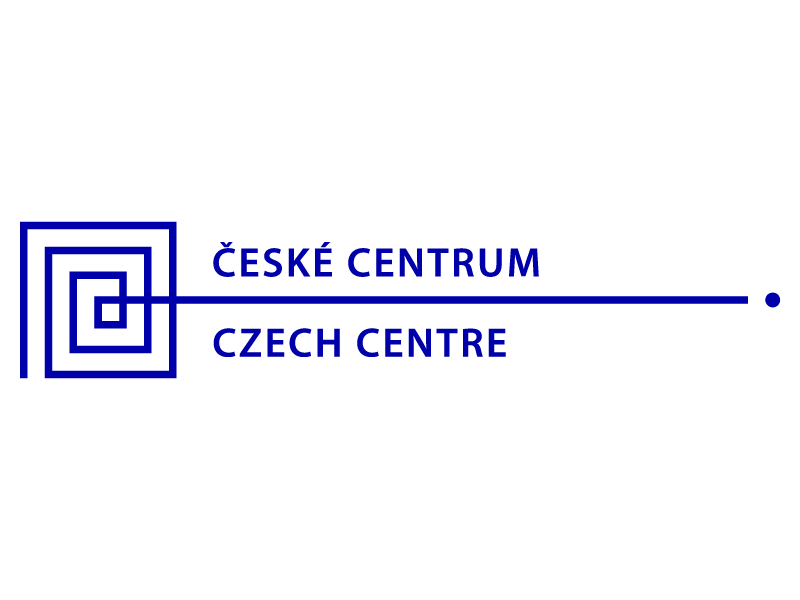
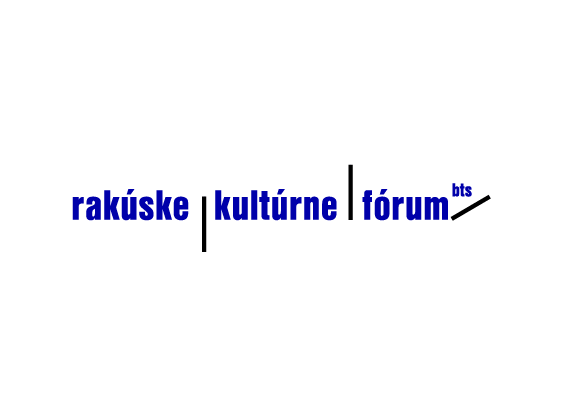

Main media partner
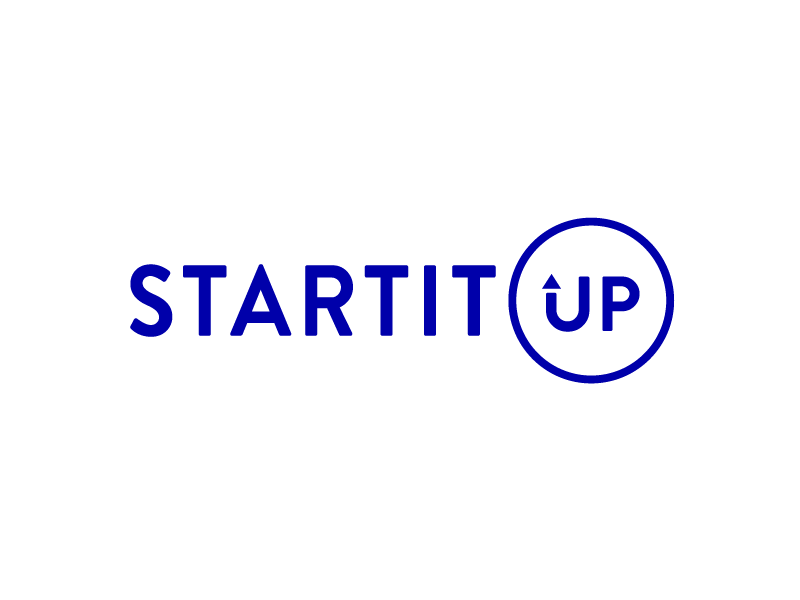
Media partners
